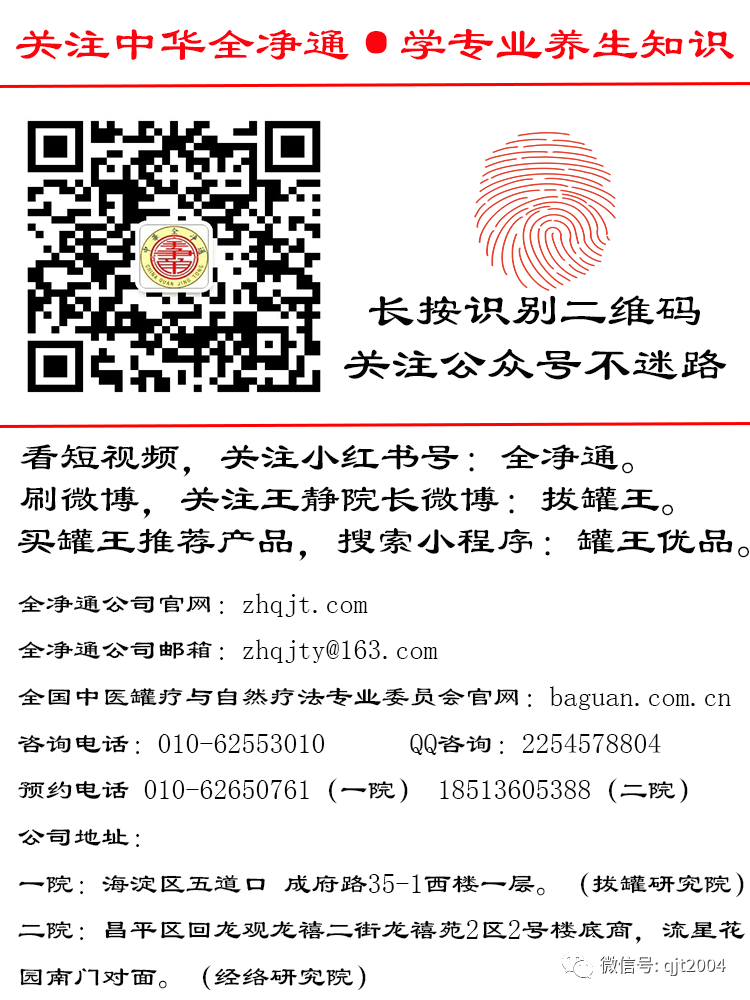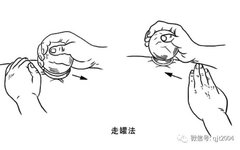This Can Be Confusing
The sliding cupping method refers to the technique where the cup is applied to the skin and moved by hand, extending the suction of cupping into a dynamic “sliding friction force”. Currently, cupping is one of the commonly used external treatment methods in Traditional Chinese Medicine (TCM), and sliding cupping is increasingly becoming a regular health maintenance practice for many. However, many people have noticed that sometimes sliding cupping does not produce sha (bruises). Is this due to the strength of the cupping? Does not producing sha mean that sliding cupping is ineffective?
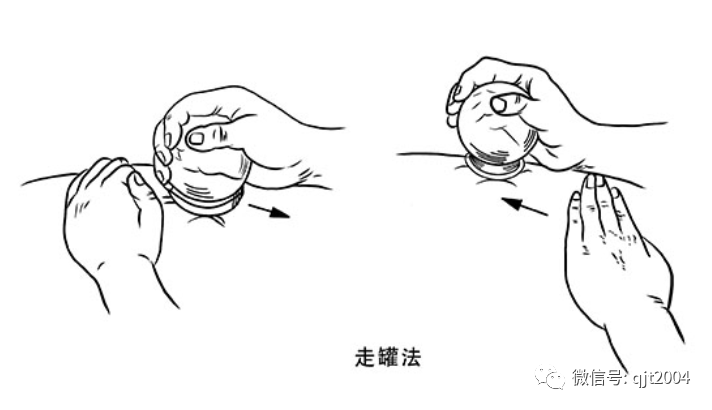
The answer is certainly no. The factors affecting whether sha appears during sliding cupping are actually related to individual differences in constitution, the amount of internal pathogenic factors, the presence of symptoms, and many other factors. Of course, a completely healthy person will generally not exhibit sha.
The “sha marks” produced by sliding cupping can last from one day to several days on the skin, depending on individual constitution. From the perspective of TCM, sha is considered to be the stagnation of qi and blood within the meridians, commonly referred to as sha toxin. Sha can obstruct the flow of qi and blood, hinder the exchange of nutrients and metabolic substances within the body, and impede the smooth flow of the meridians. In TCM, there is a saying that “all diseases can produce sha”, which sufficiently indicates that producing sha is beneficial for health. However, if sha does not appear, it may also be due to severe stagnation in the body or excessive deficiency, in which case sliding cupping may temporarily not produce sha. Even without sha, it can still be very beneficial for the body, as the adjustment process needs to be gradual, so there is no need to worry.
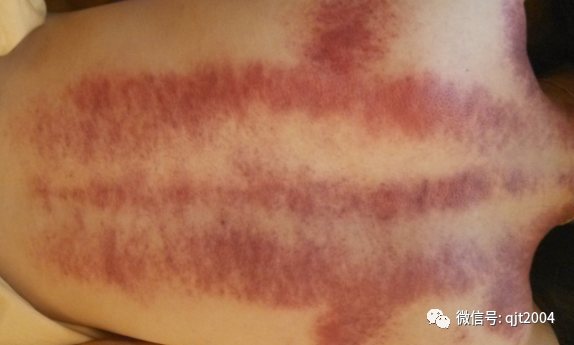
From a modern medical perspective, the method of sliding cupping causes the capillaries under the skin to rupture, allowing the stagnant blood at the capillary ends to seep into the skin, resulting in subcutaneous bleeding. However, this is not entirely accurate, as the stagnant blood produced by sha is different from the bleeding caused by regular injuries. When one accidentally scrapes or falls and bruises, there is pain and limited movement; however, the spots that appear to be bruises during sliding cupping will, as the cupping continues, lead to the expulsion of sha, with pain diminishing or even disappearing, and movement remaining unrestricted, which is a distinctly different phenomenon from pain caused by stagnant blood.
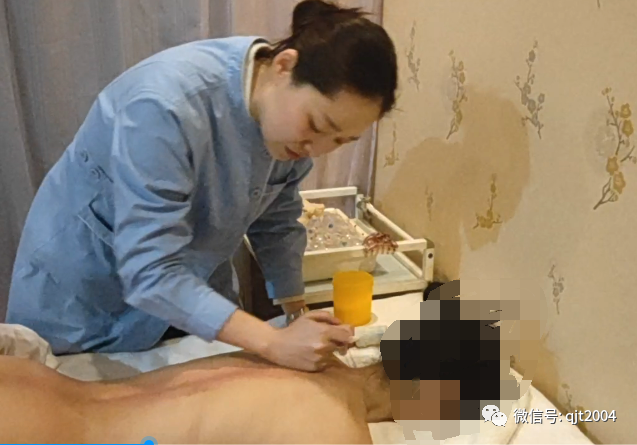
There Are 6 Main Reasons Why Sha May Not Appear After Sliding Cupping 1. Healthy Individuals
1. Healthy Individuals
Based on the health status of the human body, individuals can be categorized into three states: healthy, sub-healthy, and diseased. Unreasonable diet, lack of exercise, irregular lifestyle, insufficient sleep, mental tension, high psychological stress, and long-term negative emotions can all have adverse effects on the body and are the main causes of sub-health.
According to statistics, over 80% of people are currently in a sub-healthy state, with completely healthy individuals being in the minority. For healthy individuals, there may not be significant sha during sliding cupping or gua sha, only localized skin redness, which is a normal phenomenon.
 2. Deficient Constitution
2. Deficient Constitution
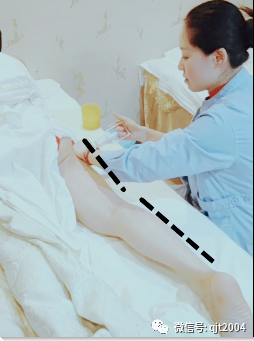
For individuals with a deficient constitution, especially after severe illness or major surgery, when qi and blood are insufficient to a certain extent, it becomes difficult to mobilize qi and blood during cupping, resulting in no sha. Additionally, these individuals may experience the cups falling off easily during the cupping process.
 3. Excessive Cold Evil
3. Excessive Cold Evil
The invasion of excessive cold evil can also lead to an unclear sha appearance during localized cupping. This is because the cold evil obstructs the sweat pores, preventing the pathogenic factors from exiting, thus sha cannot form. Additionally, individuals in this condition may noticeably feel the skin at the cupping site becoming cold, as if cold energy is escaping.
 4. Pathogenic Factors Located Deep
4. Pathogenic Factors Located Deep
When pathogenic factors are located deeper, a single cupping session may not be sufficient to expel them, resulting in no sha. However, during the cupping process, one can observe color changes inside the cup, indicating that there is a change occurring, but the sha will gradually disappear within a few minutes after removing the cup. In this case, persistence in cupping will eventually lead to the appearance of sha.

 5. Incorrect Technique During Sliding Cupping
5. Incorrect Technique During Sliding Cupping
Errors in the technique of sliding cupping can lead to insufficient stimulation or incorrect application, resulting in the expected sha not appearing.
 6. Obesity and Certain Special Areas
6. Obesity and Certain Special Areas
Individuals who are excessively overweight may find it difficult to produce sha, particularly in areas with developed muscles, the abdomen, and the head and face. Therefore, during sliding cupping, one should not blindly apply excessive force in pursuit of sha.
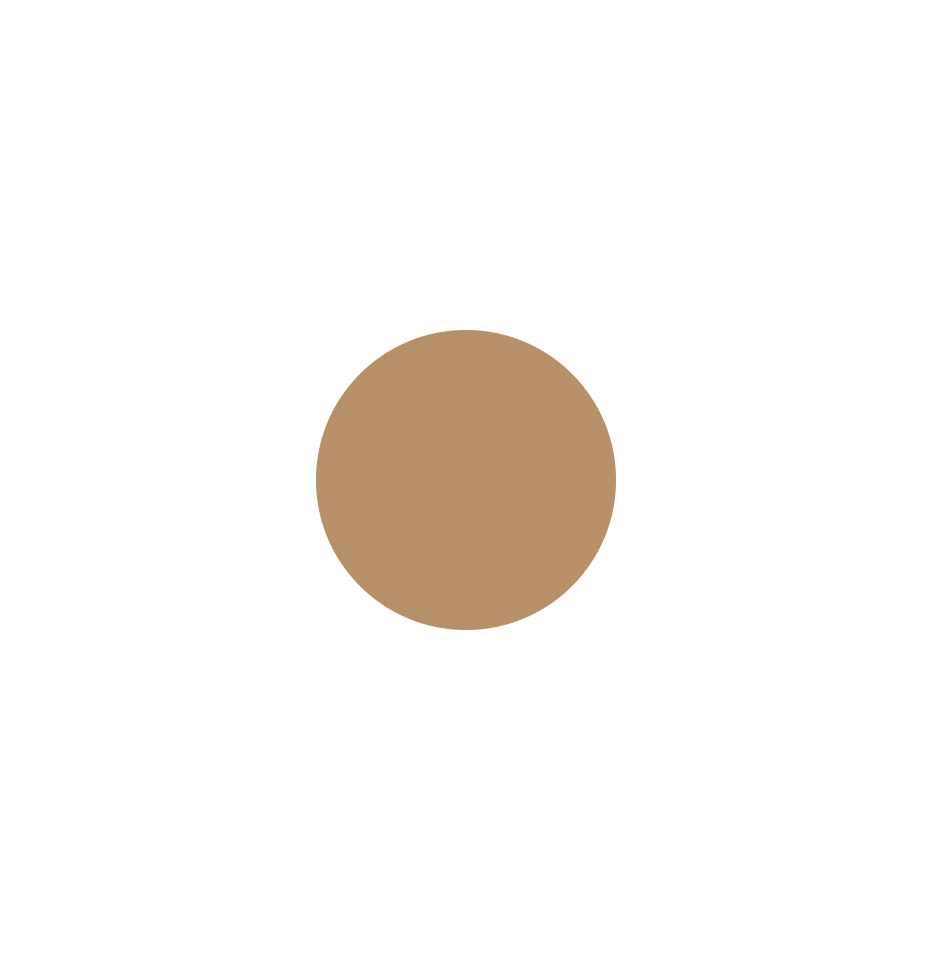 I am a dividing lineThe Quanjing Tong WeChat Mall is now open for business! Scan the image below to enter the store, purchasing via WeChat is more convenient!
I am a dividing lineThe Quanjing Tong WeChat Mall is now open for business! Scan the image below to enter the store, purchasing via WeChat is more convenient!
